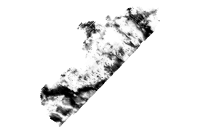
Data format: Raster Dataset - ESRI GRID
File or table name: bedrock_depth
Coordinate system: Universal Transverse Mercator
Theme keywords: U.S. Geological Survey, USGS, Coastal and Marine Geology Program, CMGP, Woods Hole Science Center, WHSC, Seafloor, Marine Geology, Seismic Reflection Profile, Knudsen, ArcGIS Raster, field activity serial number RAFA03007, field activity serial number RAFA04002, depth to bedrock, bedrock, isopach, oceans and estuaries, elevation, imageryBaseMapsEarthCover